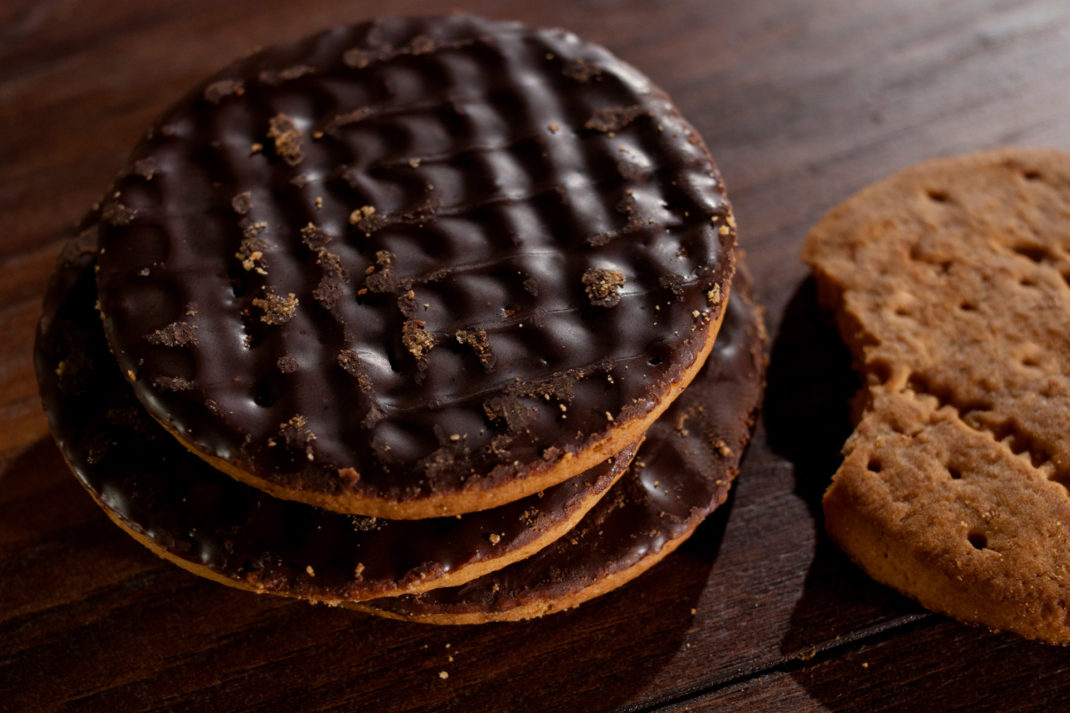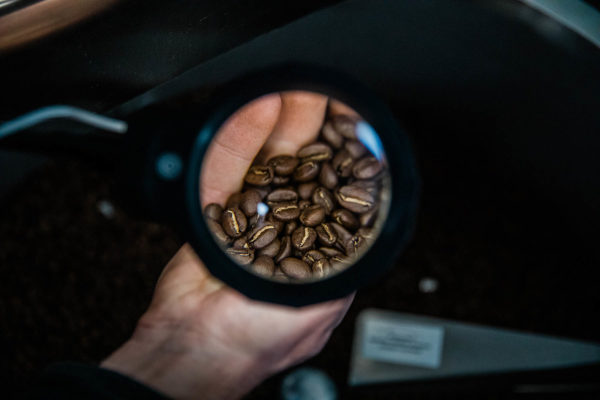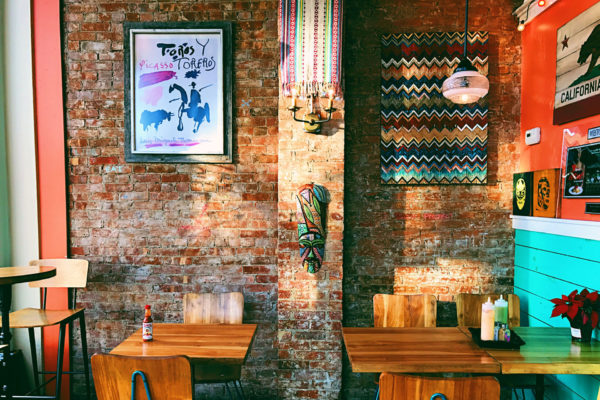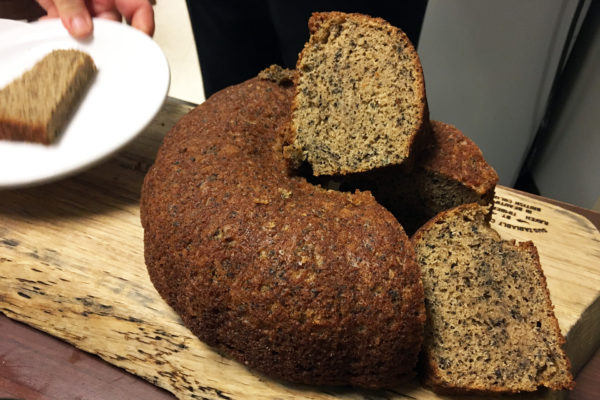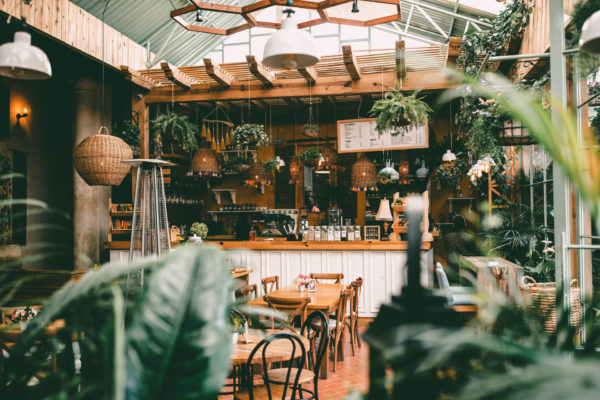How To Taste Coffee Like An Expert
By
2 years ago
Move over sommeliers, there's a new refined taste palette in town
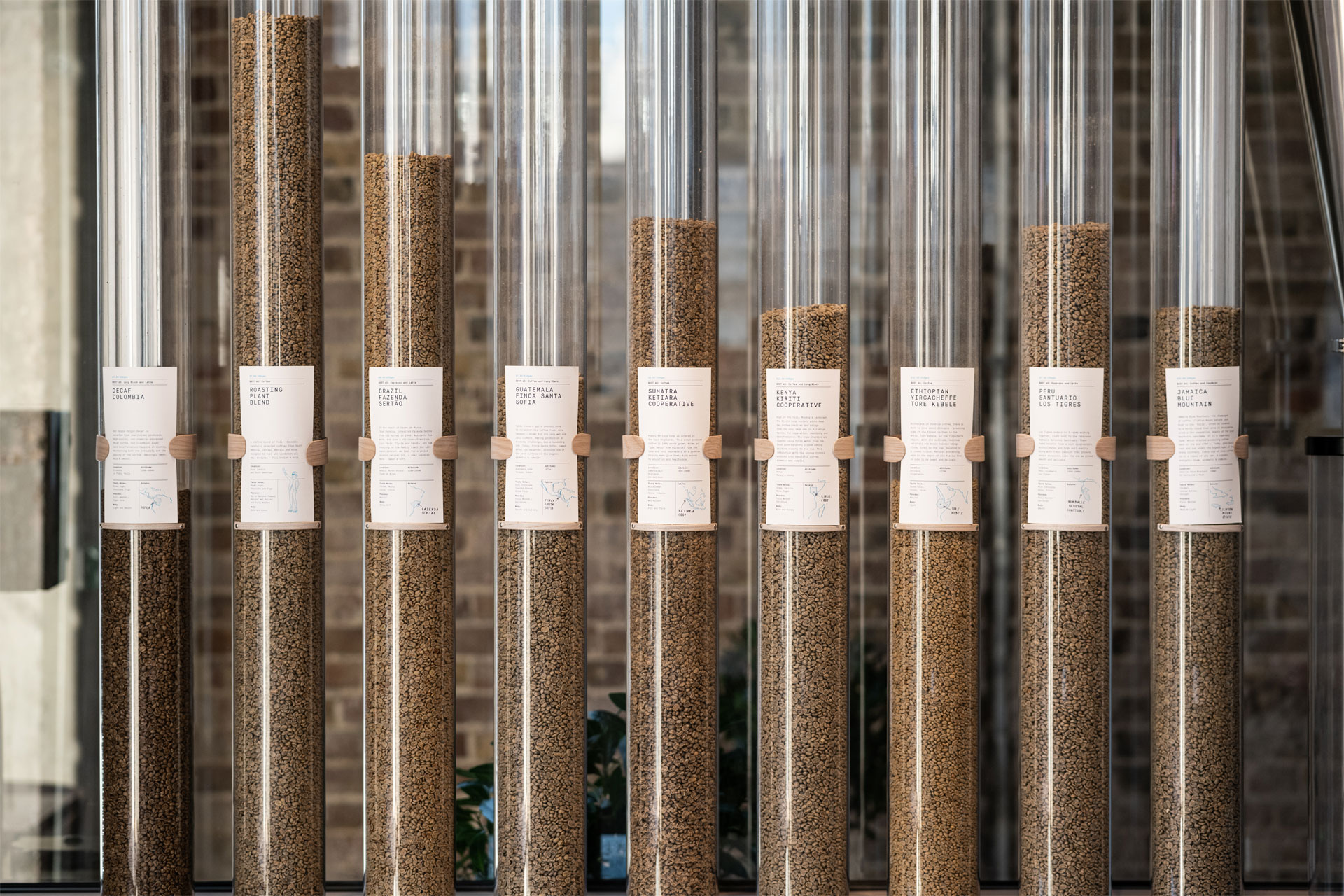
Whether you drink it purely for function or own a full-hipster drip filter set-up, coffee is probably a large part of your daily routine. And coffee, much like wine, contains notes of flavour – from one blend to another, no cup is going to taste completely the same. So where to start – we asked the expert at the Roasting Plant how to taste coffee, properly.
We all know a little about wine tasting (or know how to swish and swirl our glasses in a way that implies we do). We know that wine contains ‘notes’ of flavour which might make it a dry or full-bodied bottle. But did you know that coffee also contains notes?
To discover more, we headed to London’s Roasting Plant, a concept brought over from New York, which roasts its coffee on site and in microbatch using its Javabot (a sort of Willy Wonka fever dream of plastic pipes, whizzing beans around above your head). They’re particular specialists in ethical, small batch and single origin beans – thus know their way around the flavours in a blend.
We asked their Coffee Master Genevieve Kappler how to know whether it’s a chocolatey, creamy or fruity cup of joe.
Genevieve Kappler, Coffee Master, Tells Us How To Taste The Caffeinated Stuff
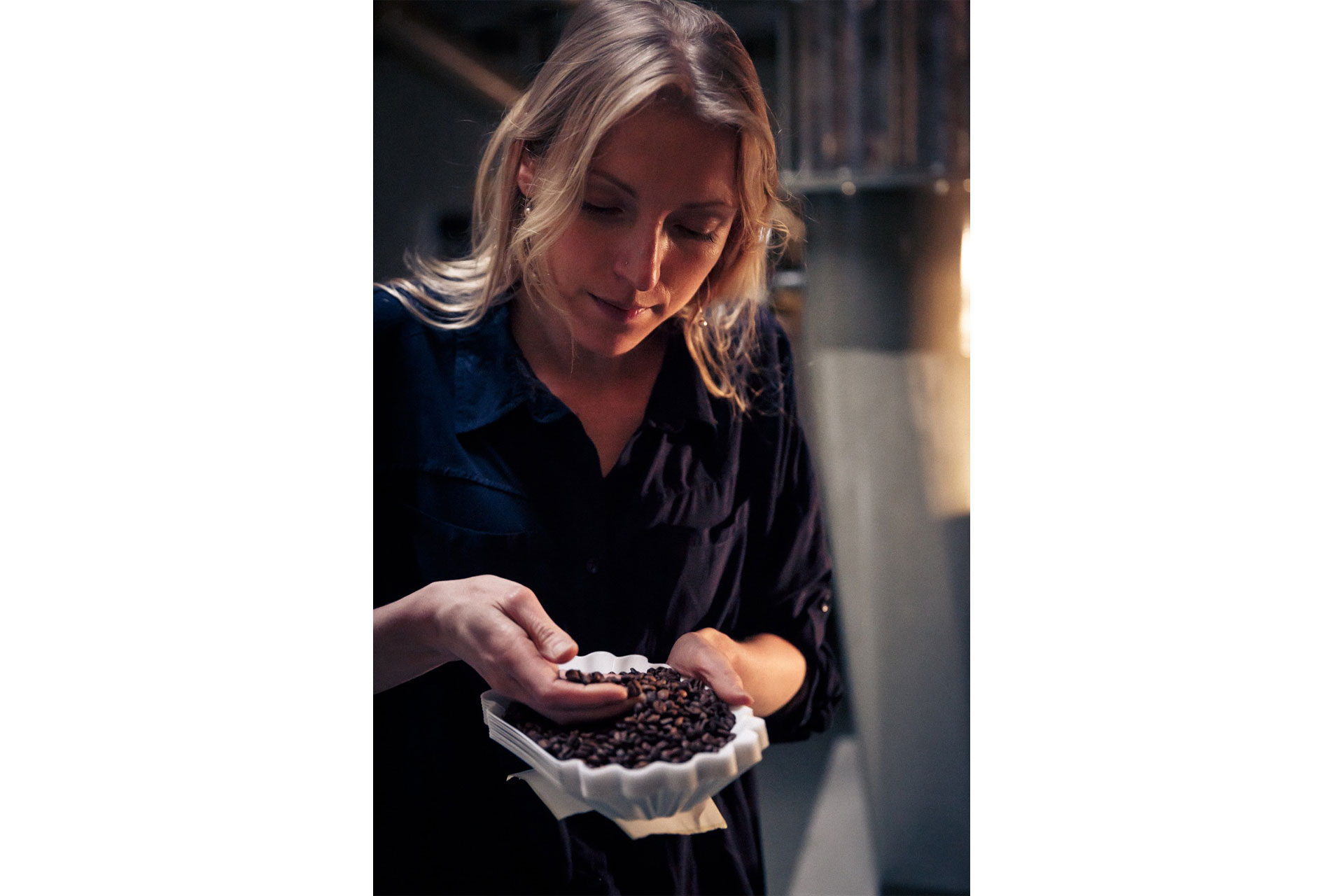
First of all, what is a Coffee Master? Is it a coffee sommelier?
Sort of. Otherwise we’d call it a ‘Q Grader’. Although it’s worth saying that this certification theoretically requires a lot less training than a traditional wine sommelier and can be obtained in as little as a week! This is a title given to individuals that complete a number of tests relating to coffee sensory evaluation , grading and brewing coffee.
Despite coffee being savoured as a drink as early as the 9th century AD in Abyssinia, coffee education is still at its infancy, but has now been progressing very fast across the past 15 years.
And how did you begin coffee tasting?
So I was born in the middle of Bordeaux vines in France and of course had to study wine, but ended up falling head to toe in love with coffee, and have no regrets! After working in Paris for a coffee importer, I learnt more about the trade and tasting on a trip to Guatemala.
It was while in Nicaragua, however, where I judged a speciality coffee international competition. And this really drove my passion. Armed with a solid base of knowledge I moved to New York City where I became a ‘specialty green buyer’, traveling around the world to champion coffee quality and promoting activism to support ethical and environmental practices.
In 2009, I met Roasting Plant by walking the streets in New York on a beautiful spring morning. I stopped by, and never left.
So, how do you taste coffee? Do you air, swirl and swish as you would with wine?
In the professional world we ‘cup’ coffee. The process starts with a precise set up. You’ll need a water boiler (we use 91 degrees as the temperature), a burr grinder, and your choice of coffee. Having cupping bowls and cupping spoons shaped to accommodate the slurping and spraying of the coffee is ideal.
To give you a simplified approach to the process, I would measure 7.25 gram of coffee, grind the beans coarsely, smell the fragrance, then pour 150ml of water at 91 degrees over the coffee grounds, using no filter. After three minutes (for a medium roast, four minutes for a light roast), I then break the ‘crust’ of grounds that have formed on top of the cup and smell the aroma.
Once the coffee has reached palatable temperature you can start cupping, by slurping the coffee into your mouth assessing flavours, acidity type, the intensity and quality, body weight texture, sweetness, balance and aftertaste – there’s a lot to think about!
What flavour profiles are there for coffee?
How many stars are in the sky? There are as many flavour ‘profiles’ as there are coffees tasted! The coffee taste is much more complex than wine. Its taste is shaped by the terroir, the processing, the storage, the milling, the transport, the roasting style, the degassing, the extraction, so there are thousands of different profiles.
Can you tell me about the different coffee roasts offered by the Roasting Plant? What would their tasting notes be?
Our philosophy is bringing customers the most beautiful beans we can find, produced ethically from farms that care about the environment and their people, and achieving an extraordinarily high quality taste. We want customers to see with their senses the passion of those that produce those beans, picturing the landscape in which it was grown. Usually our coffee notes are fruity or floral, but also embrace the warmth of the taste imparted from the caramelisation and dry distillation part of the roasting, whether it be nutty or chocolate or caramel.
As for lots of fresh produce, the quality of taste is so fragile and coffee goes stale very fast, so there is a strong benefit to keeping it fresh and roasting in microbatch.
To anyone wanting to get more into coffee, what would you recommend?
I recommend coming to one of our shops and getting a coffee ‘flight’ to explore the impact of the origin on taste. Use coffee shops as your lab – so you can find what you like! You can then start to create a blend unique to you.
Finally, what’s your go-to coffee order?
Please don’t laugh – I like a deconstructed latte with 1/3 whole milk 2/3 oat milk. I take my espresso separately and the steamed milk aside. I pack my own ceramic espresso cup and often change the shape and colour depending on the mood of the day, as if it was a fashion accessory. It brightens my day!


